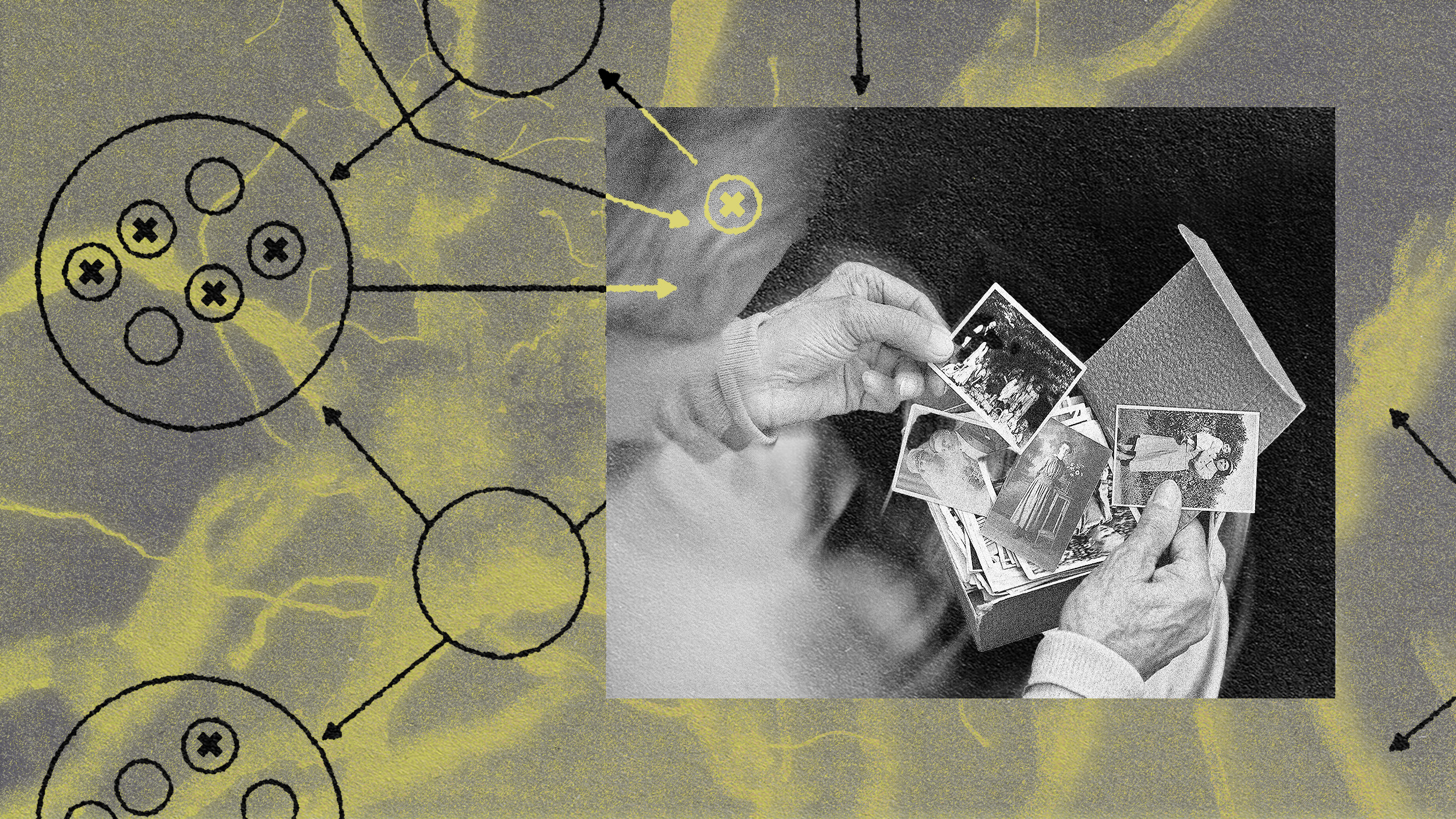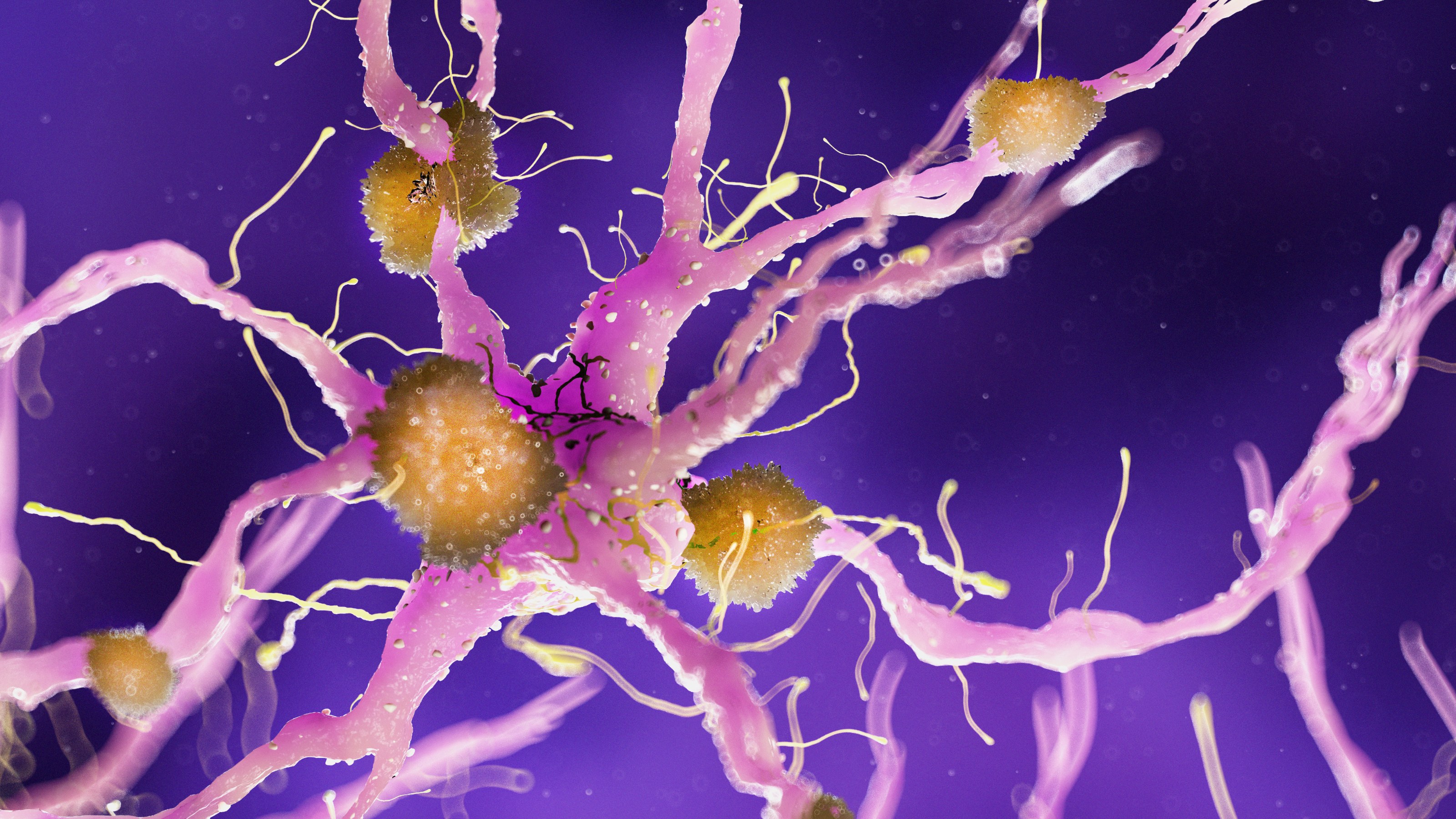LOU REESE: Why do people get Alzheimer’s? How do you differentiate amongst the different types, and what’s really going on?
With imaging now we can see the accumulation of certain toxic proteins in people’s brains. There is general consensus that there are a number of these that are implicated in the disease. A-beta (or Beta-Amyloid), tau, alpha synuclein, and others. I would say those are the three primary culprits.
Now there are people that argue that it’s all microbiome based, and there are people that argue that it’s 100 percent diet and exercise-based, unrelated to the microbiome. And there are people that have a whole variety of approaches to this, none of which I believe are accredited or discredited in a conclusive way.
That’s one of the main reasons why I focus on this ecosystem and this village that it takes to solve these problems. I don’t think this is a silver bullet disease. I think this is a finding out and unveiling and uncovering the different pieces that define it.
And just very recently we couldn’t image for A-beta or beta amyloid, so there was no way to know that. Very recently we couldn’t – there are new serum based biomarkers that are coming along to measure tau levels that are really, really interesting. All of this gives us insight into the accumulation and the timing of the accumulation of these toxic proteins.
So I don’t know, the one, two, three biological assessment, this is the analogy that I always use: Imagine you go into a sports bar and there’s a little guy with glasses and he walks up to the biggest guy in that place and the guy is just all steroided up and he’s got veins popping out of his neck. And he walks up to the guy (and he doesn’t know him) and he just pokes him right in the chest. There’s going to be a cascade of events caused by that poke. Maybe he’ll get his jaw broken. Maybe he’ll have some ribs cracked. Maybe he’ll be thrown out of a window. Maybe the cops will come. Maybe they’ll have to write up a police report. Maybe they’ll have to go to a court case after that. All these things could happen. Now depending on where you saw that fight, what started it? You would have no idea. And all of your assessments, all your assumptions would be wrong if you didn’t see that guy unprovoked poke that person in the chest. So where is the poke with Alzheimer’s? There’s a lot of debate around that. But where that cascade of events occurs there’s becoming more clarity around that. So I hope that’s helpful. If you look a it from a disease progression state these toxic proteins are building up in your brain 10, 15, 20 years before you have any symptoms.
So this is something that is laying there in a lot of us and just waiting for its chance to jump up. And so knowing that and having seen that in lots and lots of people—there’s a lot of studies that walk through this but the general thought is that you have the beta amyloid levels rising. Thereafter you have the tau levels rising. Thereafter, and consequence and in concert with the tau level rising there’s some correlation with the actual cognitive impairment. Now that doesn’t mean that that’s the biology of Alzheimer’s conclusively. That means that this is an evolving story and this ties back into this village and ecosystem.
The reason I’m so excited is because we actually have answers to some of these questions now. So at least we know that these are toxic or mis-folded or in some way non-advantageous proteins. So we’re starting to understand that and being able to see it and track its growth, intervene earlier. All of those things are really compelling.
So the goal is to create endobodies naturally that cross the blood brain barrier and engage the toxic forms of A-beta plaque. And the way that I think about it is like this: A-beta is naturally occurring in everyone. Beta amyloid is made by every person’s body. It’s when it starts to get stuck together that it becomes a problem.
So first two of them get stuck together, it’s a dimer. Then a bunch of them get stuck together, it’s an oligomer. Then a bunch of those get stuck together, it’s a fibril. Then a bunch of those get stuck together, it’s a plaque.
So by the time it gets to be a plaque it’s a toxic form of that protein. So what I’m excited about is that I believe that we can target, safely and effectively, the toxic forms of that misaggregated protein, that aggregated protein, and remove them—safely!
We turn on the body’s ability to generate endobodies. The endobodies that we generate with our lead compound are against the A-beta targets. And so why are we doing that at UNS, United Neuroscience? At United Neuroscience we’re activating the body’s immune system to target toxic proteins. In the case of our lead compound it’s against beta amyloid.
What happens is that the body identifies these toxic forms, only the toxic forms so it’s highly specific, or primarily the toxic forms and binds to them in the brain and removes them.
My audacious goal for my team is: if you can go early enough and your product is safe enough there’s absolutely opportunities to prevent the accumulation of these proteins in the very first place—so before there are symptoms, before there are any of those things.
We vaccinate 500 million pigs a year for less than a dollar a dose with over 70 percent margins. If you think about – now obviously humans there’s slightly different CMC and different manufacturing, but the bottom line is that technology platform is going to be accessible, and it’s going to be available for every one of the millions of people that are suffering from this disease. And it’s going to be able to solve these problems potentially in ways that we envision to be, or be a part of a solution for these problems, in ways that we really envision to be beneficial for society, for people and for their families and for this global impact idea.
What could be a better way to wake up and spend your time than really being able to change people’s lives and make them better? So that’s kind of the biology wrapped in a nut, you know.





